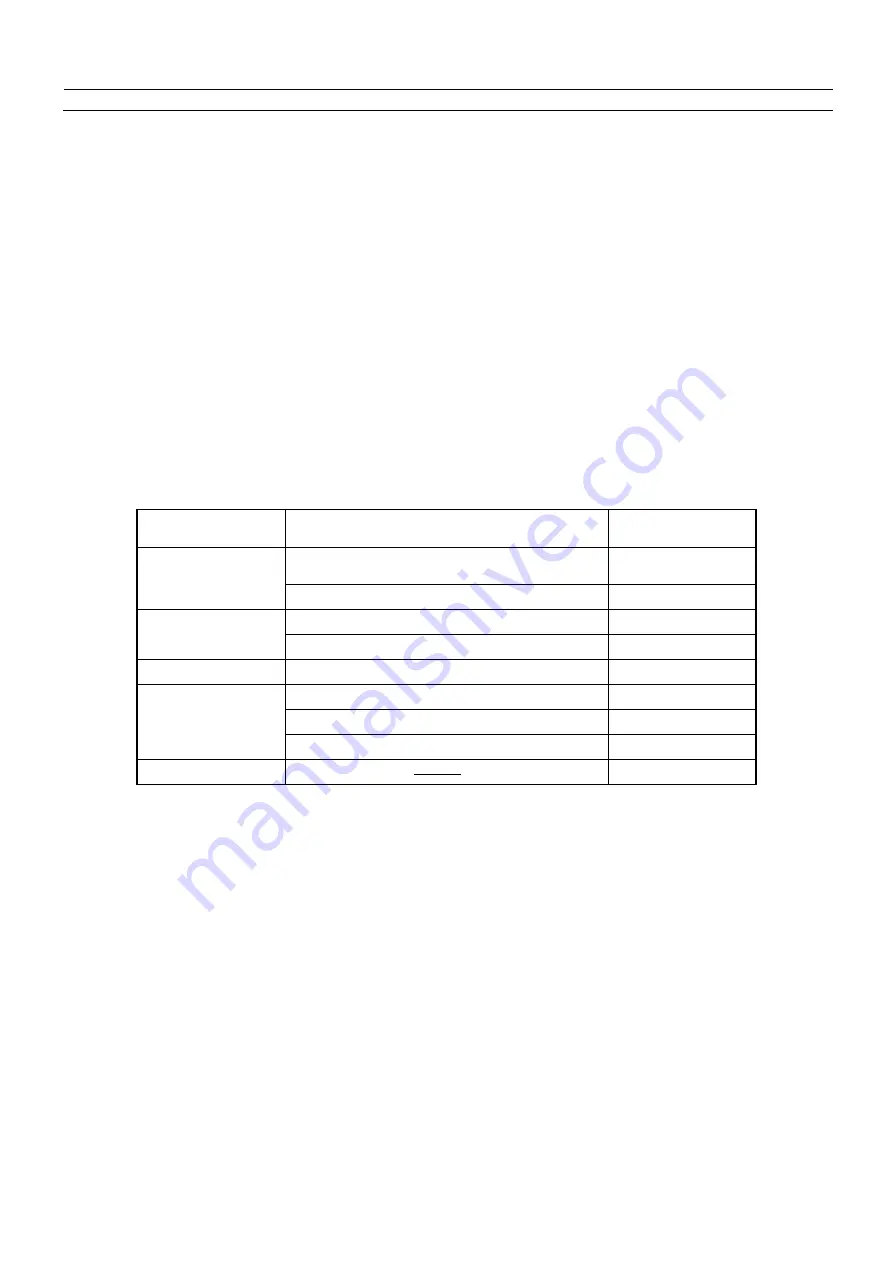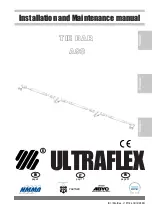
3
■
EPDT-049a
■
To make the best use of the strainer and satisfy the operating requirements to the maximum, take
notice of the following.
6.1 Selection of nominal size
Select a strainer of the same nominal size as that of the pipe (nominal size of piping = nominal size of
strainer). Note that using a strainer of a smaller nominal size increases the pressure loss of the
strainer and may result in the pressure fallen below the specified level at the inlet side of the
equipment.
6.2 Selection of nominal pipe size
When selecting an appropriate nominal pipe size, it is necessary to consider fluid type, maximum flow
rate, permissible pressure loss, costs of piping and equipment, etc.
If the nominal pipe size is smaller, the costs of piping and equipment decreases while the pressure
loss through the pipe increases to generate disturbances, possibly resulting in pipe wear, noise and/or
vibration. If the nominal pipe size is too large, not only the costs of piping and equipment but also the
thermal loss increases.
As a reference, the standard flow velocity is specified in the Japanese Industrial Standards (JIS) as a
guide to select an appropriate nominal pipe size. See the following table.
<<Standard flow velocity>>
Fluid
Remarks
Standard flow
velocity
Saturated steam
Auxiliary piping for vacuum or
small-diameter piping
15 m/s [10-20]
Large-diameter piping
30 m/s [20-40]
Superheated steam
Piping diameter: approx.
Φ
75 –
Φ
250
40 m/s [30-50]
Piping of high-grade material
70 m/s [65-80]
Inlet of steam coil
0.3-0.7 MPa
30 m/s [25-30]
Air
Higher pressure: 1.0 MPa or more
20 m/s [20-25]
Lower pressure
15 m/s [5-15]
Extremely low pressure: 0.1 MPa or less
10 m/s [3-10]
Water, Oil
2 m/s [2- 4]
* The above table is based on the requirements in JIS F 7101 “Shipbuilding - Pipes of
machinery - standard velocity of flow”.
6.
Nominal Size Selection


























